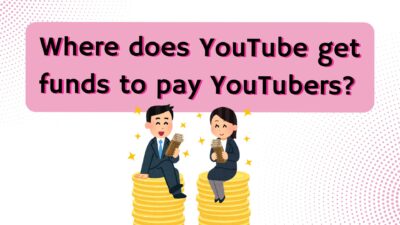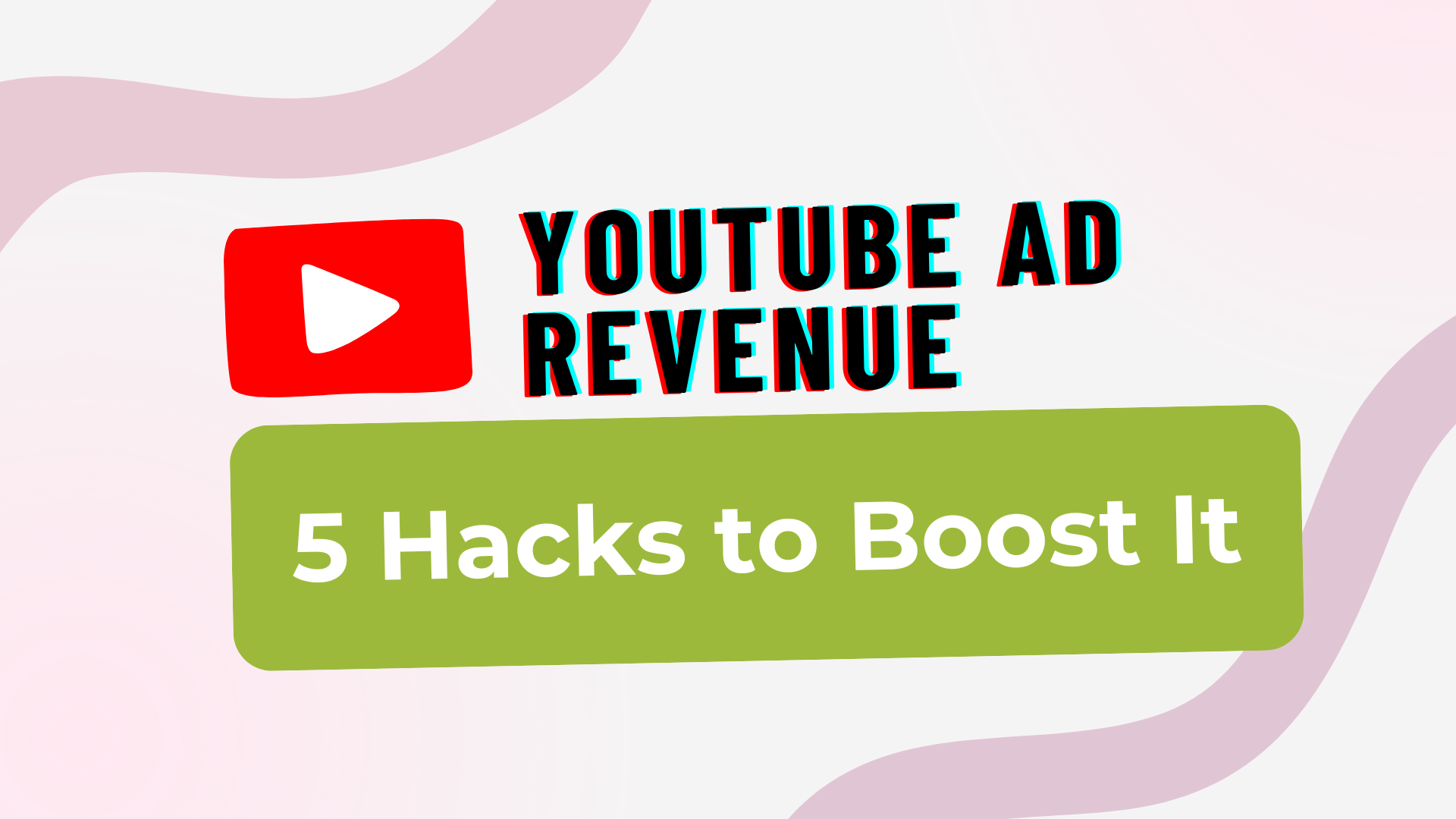
YouTube has transformed the landscape of content creation, providing a platform for millions of creators worldwide. With its vast reach and diverse audience, YouTube not only entertains but also serves as a lucrative business model for many. A key question arises: where does YouTube obtain the funds to compensate its creators? This article explores the various revenue streams that sustain YouTube and how it shares profits with its content creators.
How Does YouTube Make Money?
YouTube generates revenue through several primary channels:
Advertising Revenue:
Advertising is the cornerstone of YouTube’s business model. When viewers watch videos, they are often presented with ads before, during, or after the content. YouTube partners with advertisers to display these ads, and creators earn a share of the revenue generated from them. The amount a creator earns depends on various factors, including the number of views, viewer engagement, and the type of ads displayed. Advertisers pay more for ads that target specific demographics, leading to higher revenue for videos that attract a desirable audience.
YouTube Premium:
YouTube Premium is a subscription service that allows users to watch videos without ads, access exclusive content, and enjoy features like offline viewing. A portion of the subscription fee is distributed to creators based on how much time subscribers spend watching their content. This model incentivizes creators to produce high-quality, engaging videos, as longer watch times directly correlate with higher earnings.
Super Chat and Super Stickers:
During live streams, viewers can purchase Super Chats and Super Stickers to highlight their messages or show support for creators. This feature not only enhances viewer engagement but also provides a direct revenue stream for creators. YouTube takes a percentage of these transactions, but the majority goes to the content creators, allowing them to monetize their live interactions effectively.
Merchandise Sales:
Many creators leverage their popularity to sell merchandise, such as clothing, accessories, or other branded products. YouTube facilitates this by allowing creators to showcase their merchandise directly on their channels. This integration makes it easier for fans to support their favorite creators while also providing an additional revenue stream.
Partnerships and Sponsorships:
Creators often collaborate with brands for sponsored content, integrating products or services into their videos. These partnerships can be highly lucrative, as brands are willing to pay for exposure to a creator’s audience. YouTube acts as a platform for these collaborations, but the financial arrangements are typically negotiated between the creator and the brand.
Content Licensing:
Some creators license their content to other media outlets or platforms, generating additional income. This can include selling the rights to use specific videos or clips in commercials, documentaries, or other media. YouTube’s vast library of user-generated content makes it an attractive source for licensed material.
How YouTube Shares Revenue with Creators
YouTube employs a revenue-sharing model to compensate its creators. Here’s how it works:
Payment Based on Views and Engagement:
YouTube pays creators based on the number of views their videos receive and the level of engagement (likes, comments, shares). The more popular a video is, the more revenue it generates. This incentivizes creators to produce content that resonates with their audience, fostering a competitive environment where quality and creativity are rewarded.
Revenue Share Agreements:
The revenue share percentage varies based on agreements between YouTube and advertisers. Typically, creators receive 55% of the ad revenue generated from their videos, while YouTube retains 45%. This split can vary based on factors such as geographic location, the type of content, and the specifics of the advertising partnership.
Geographic and Demographic Factors:
Earnings can also be influenced by the geographic location of viewers. Advertisers may pay different rates depending on the country or region, as some markets are more lucrative than others. Additionally, the demographic profile of the audience can impact advertising rates, with certain age groups or interests attracting higher bids from advertisers.
Payment Methods for YouTubers
YouTube provides several payment methods for creators to receive their earnings:
Google AdSense:
Most creators receive their payments through Google AdSense. This platform allows creators to track their earnings, manage their ad settings, and receive payments directly to their bank accounts. To qualify for AdSense, creators must meet specific eligibility requirements, including a minimum number of subscribers and views.
PayPal:
Some creators may choose to receive payments via PayPal, which offers a convenient and secure way to transfer funds. This option is particularly popular among international creators who may face challenges with traditional banking systems.
Western Union:
For creators in regions where banking options are limited, YouTube also offers payments through Western Union. This method allows creators to receive cash payments, making it accessible for those without bank accounts.
YouTube’s ability to compensate its creators stems from a diverse array of revenue streams, including advertising, subscriptions, and direct viewer support. By sharing a significant portion of its earnings with content creators, YouTube fosters a vibrant community of creators who contribute to the platform’s success. As the digital landscape continues to evolve, YouTube’s innovative monetization strategies will likely adapt, ensuring that creators are rewarded for their creativity and hard work. This symbiotic relationship not only benefits individual creators but also enhances the overall ecosystem of online content, making YouTube a leading platform for entertainment and information.


